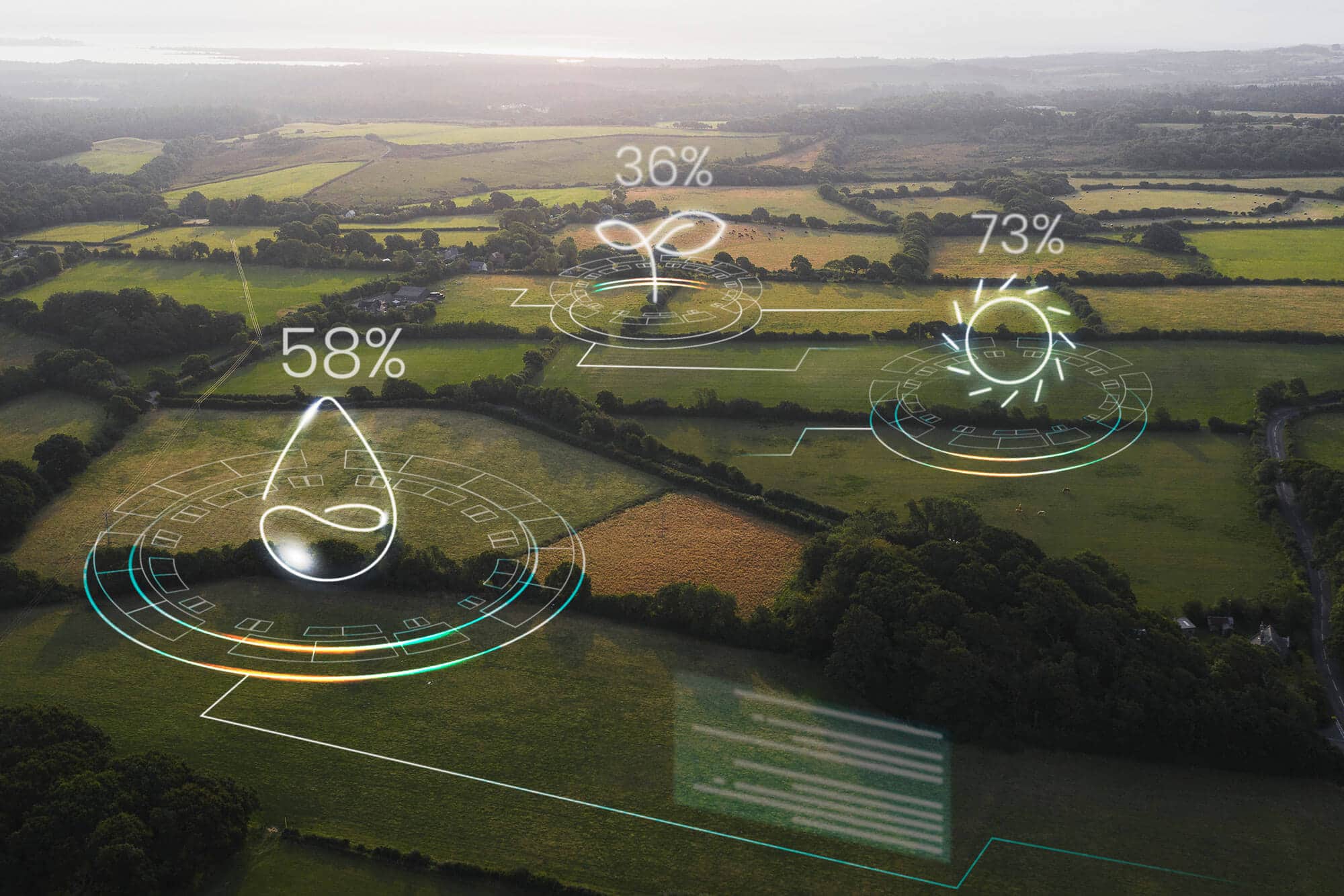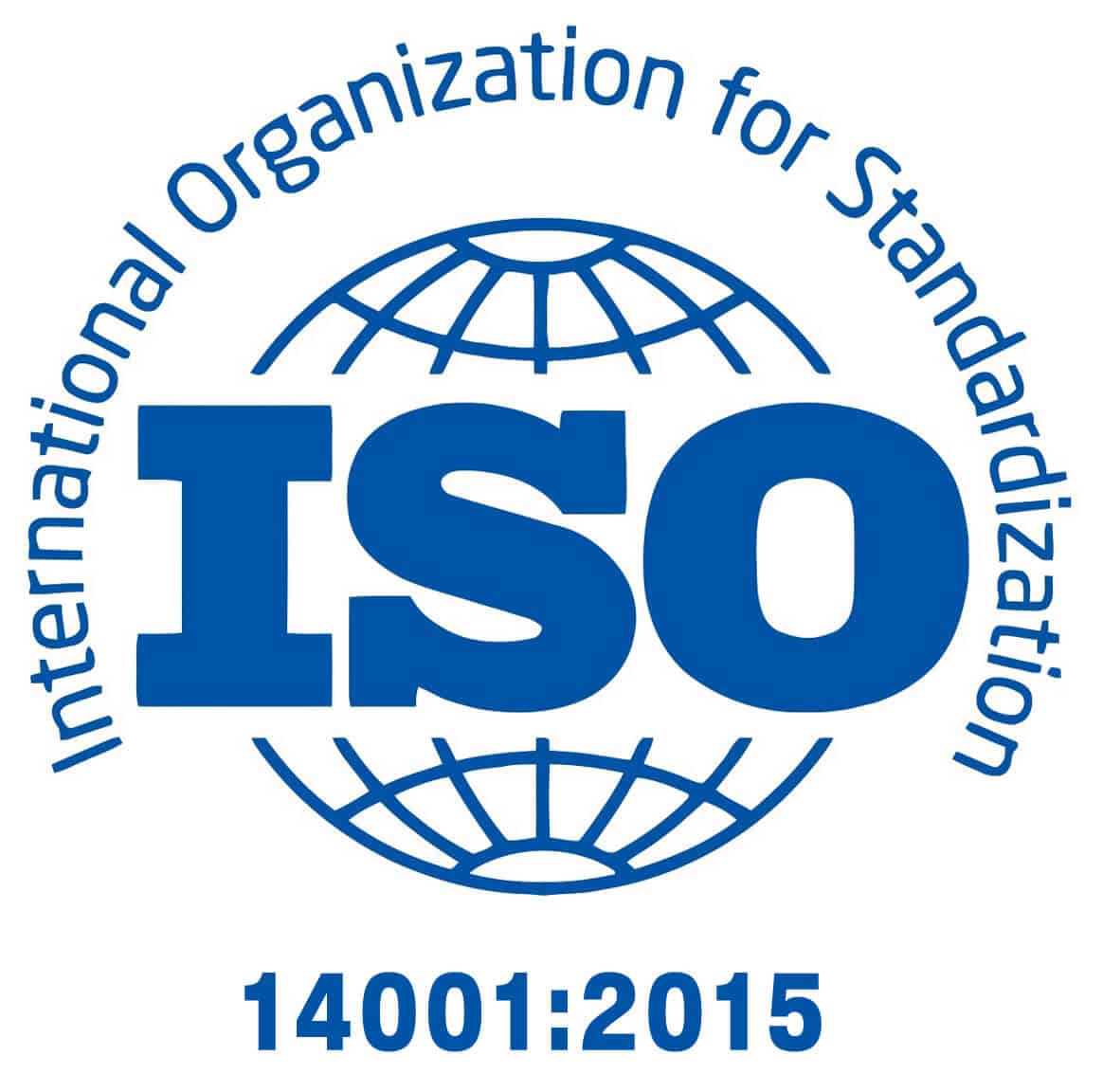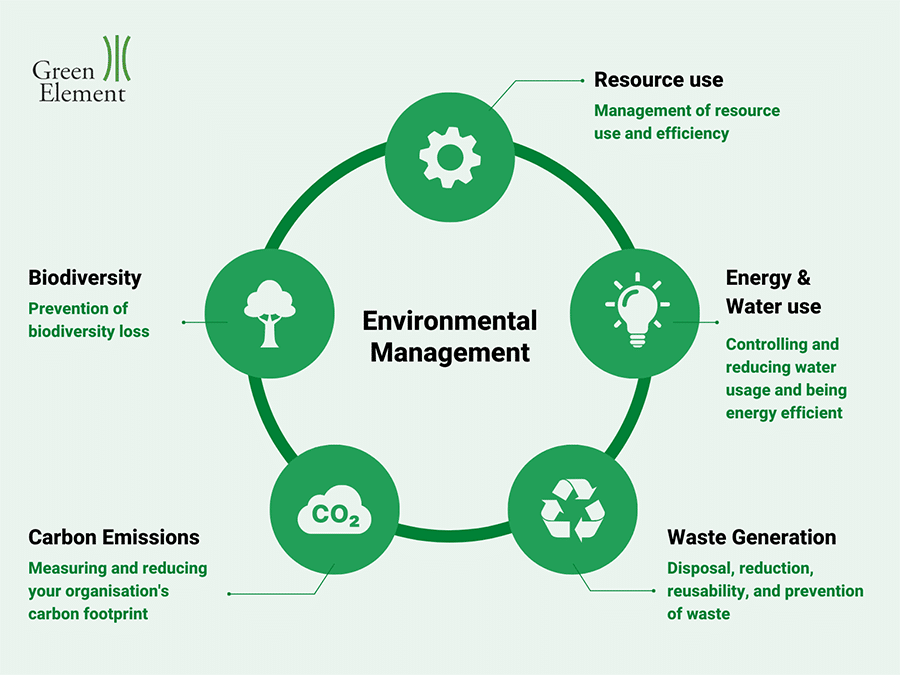Switching to a green and sustainable economy is becoming an important trend in the international community. Faced with increasing challenges related to climate change and environmental pollution, businesses and organizations are addressing these issues by implementing Environmental Management Systems (EMS).
What is an Environmental Management System (EMS)? and ISO 14001:2015
An Environmental Management System (EMS) is a set of processes and practices that allow an organization to reduce its environmental impact and enhance operational efficiency simultaneously. The detailed description of the Environmental Management System is provided in the ISO 14001 standard.

The International Organization for Standardization (ISO) has developed the ISO 14001 to define the requirements for environmental management systems. ISO 14001 is the most widely recognized standard in the field of environmental management and is extensively used worldwide.
An Environmental Management System (EMS) is developed according to this standard as part of an organization's strategy to implement environmental policy and address government regulations. EMS focuses resources on meeting commitments identified in the organization's policies, which may include reducing or eliminating the negative environmental impacts of its products, services, and operations. organizations and increase their positive impact.

Key Operations:
1/ Policy Development
Developing a comprehensive environmental policy is the first step in EMS development. This policy should reflect the organization's commitment to environmental sustainability and compliance with relevant laws and regulations.
2/ Planning
The planning phase involves identifying the aspects and environmental impacts that may arise from the organization's activities, products, or services. This includes conducting an environmental risk assessment and setting goals and targets for improvement.
3/ Implementation and Operation
Once the plan is set, the organization needs to deploy and operate the EMS. This involves defining roles and responsibilities, providing training, and establishing communication channels to ensure everyone in the organization aligns with environmental goals.
4/ Monitoring and Measurement
Continuous monitoring and measurement are crucial to assess the environmental performance of the organization. This includes tracking progress toward goals, monitoring key environmental indicators, and conducting regular audits to ensure compliance.
5/ Compliance Evaluation
Organizations need to periodically assess their compliance with relevant environmental laws and regulations. This involves updating information about changes in legislation and ensuring that the organization's practices align with legal requirements.
Review and Improvement:
Regular reviews of the EMS are essential to evaluate its effectiveness. This includes assessing the results of monitoring and measurement, evaluating progress toward goals, and identifying opportunities for improvement.
Purpose of Environmental Management System
The Environmental Management System (EMS) can be used to reduce the environmental impact of an organization and enhance its operational efficiency. It simultaneously demonstrates to stakeholders that concrete actions toward sustainability are being implemented.
EMS helps organizations identify, manage, monitor, and control the environmental effectiveness of their operations comprehensively. For example, risk assessments are conducted to determine the context of environmental impacts. Subsequently, control measures are implemented to help manage these risks, and strategies are designed to minimize them.
By deploying EMS, organizations will review all environmental issues related to their activities. This includes but is not limited to the use of resources, energy and water consumption, waste generation, carbon emissions, and effective local biodiversity.

Benefits of Implementing Environmental Management System
Environmental Performance and Compliance
Implementing the Environmental Management System helps organizations control environmental risks and strive for continuous improvement. This ensures compliance with current and future regulations. When effectively implemented, it is a key value within the organization, enhancing leadership and employee engagement in the sustainability journey.
Corporate Reputation
Implementing the Environmental Management System can improve the reputation and credibility of your organization. By receiving certification from the International Organization for Standardization (ISO), stakeholders will know that you are recognized at a high level. This demonstrates that the business is seriously considering the environmental impact of its operations.
Operational Cost Reduction
Processes related to the implementation of the Environmental Management System can provide a competitive and financial advantage. The EMS evaluates how your organization uses resources and identifies ways to avoid waste, ensuring more efficient resource use.
Throughout the process, opportunities will arise to minimize unnecessary consumption, leading to cost reduction. For example, improving how you consume energy will result in reduced expenses for electricity or gas.
Enhanced Employee Morale
Taking action for the environment is a core value that employees want to share with their employers. Employees increasingly seek organizations committed to sustainability, and this can often be a deciding factor for potential employees when choosing where to work.
Research shows that organizations with sustainability goals enhance employee satisfaction and motivation because it gives more meaning to what they do. More importantly, having a strong sustainability program will make employees feel that your organization prioritizes the environment and people over profits, demonstrating genuine care and true values.
For further information, please contact:
Email: info@ilotusland.com.
Hotline: +84 909 403 778
Facebook: iLotusLand – Leading in Industrial IoT Solutions
Linked in: iLotusLand – The 1st IoT Platform in Vietnam





